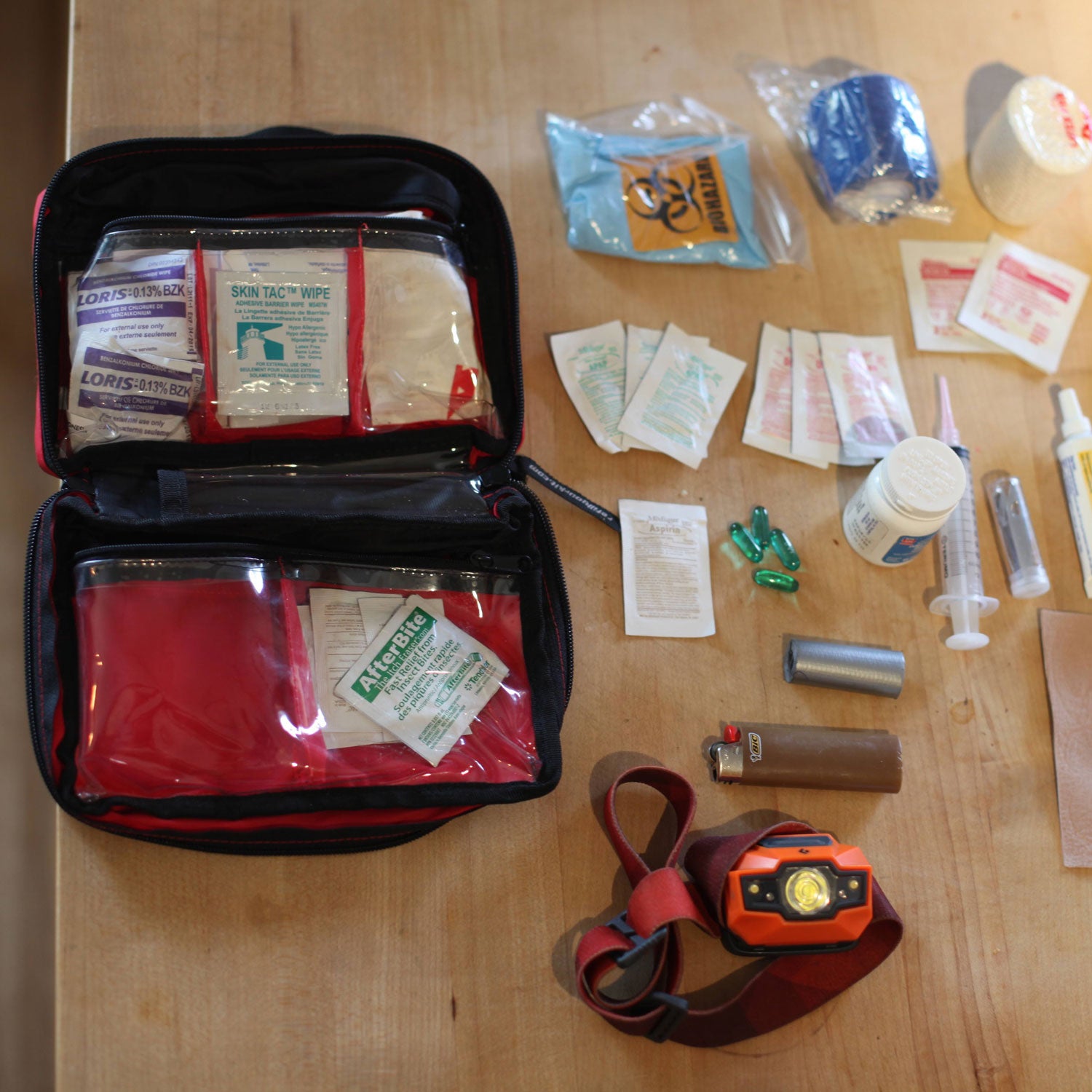Gareth Tate—my friend, co-adventurer, and cameraman for the Gear Guy videos—started teaching Wilderness First Responder courses for the almost a decade ago. We took a look inside his personal first-aid kit to compile a list of the essentials you need in yours.
������������
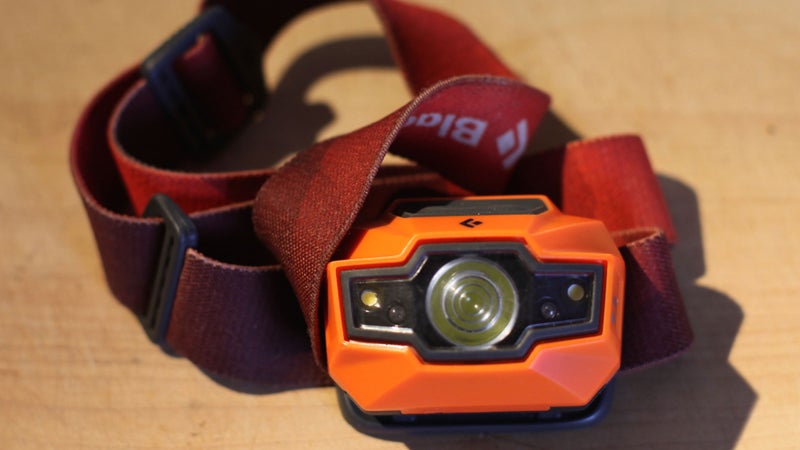
If , you can’t take care of your buddy. “First aid can’t be done if you’re blind,” says Tate, no matter how well stocked your med kit is.
Coban Wrap
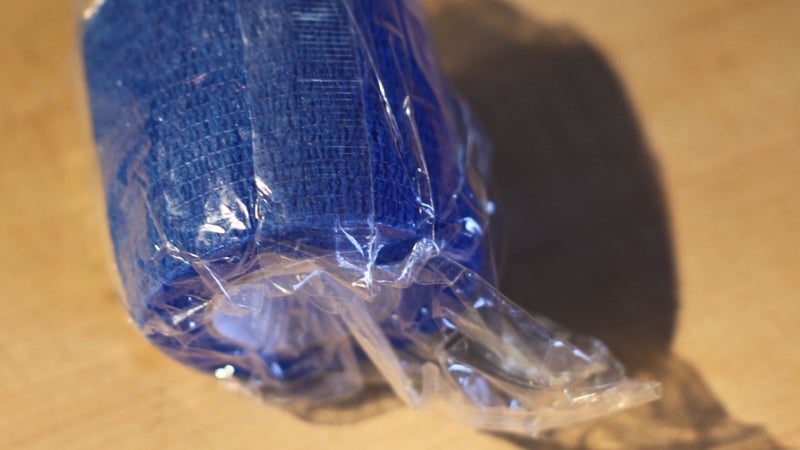
—a water-resistant, self-adhesive, reusable elastic band—is the best bandage for the backcountry.
Irrigation Syringe
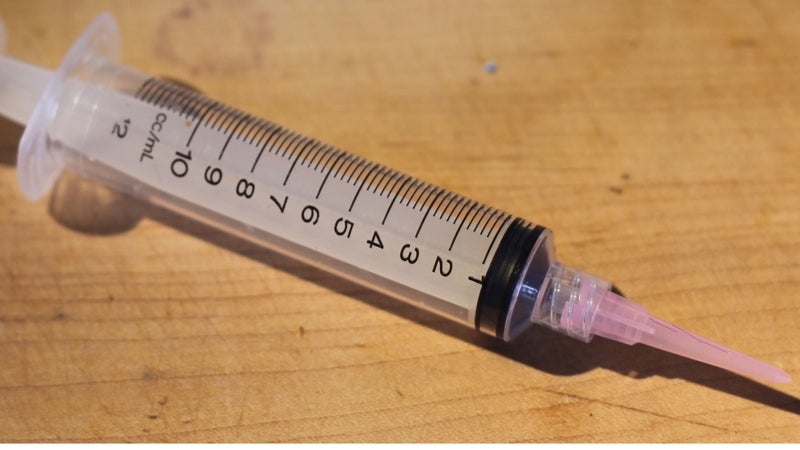
“Pressure irrigation with clean water has proven to be the most important step to cleaning wounds in the field,” Tate says. While there are tools that will let you improvise, none work nearly as well as an true .
Tweezers
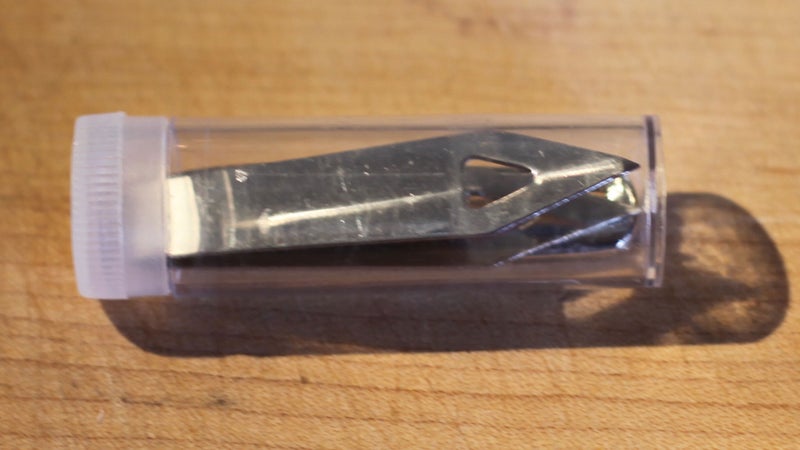
Whether you have an open wound or a splinter, you need a tool to remove debris from your skin, says Tate. Just make sure the are clean.
Latex Gloves
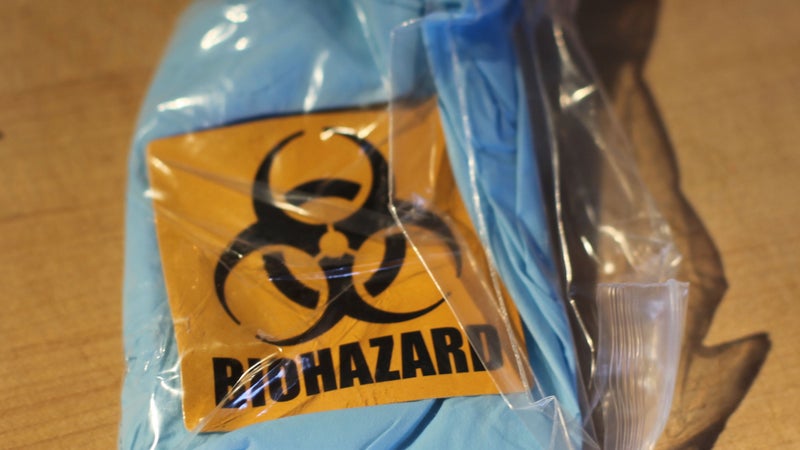
are the best protection against communicable diseases while treating someone, Tate says. They’re also tough to improvise in the field.
12 Other Essentials
Lighter: Tate considers his an essential survival tool. Use it to start a fire, provide light, and even sterilize equipment.
Ace bandage: Use Coban for wound dressing, but stick with for sprains and strains. It’s much more comfortable for basic athletic injuries, says Tate.
Athletic tape: Without your Ace bandage is useless.
Tylenol: It can treat general pain and alleviate light fever.
Benadryl: Tate uses to treat mild allergic reactions.
Aspirin: “It’s particularly important if you’re adventuring with people with potential cardiac problems,” says Tate. “It could be a lifesaver.”
���屹����:��Your go-to anti-inflammatory for most injuries and sore muscles.
Alcohol wipes: Tate uses alcohol wipes to sterilize medical tools (think tweezers and an irrigation syringe), not wounds.
Antibiotic ointment: Apply antibiotic ointment to dressings that wrap tissue wounds, Tate says. The ointment prevents the bandage from sticking to skin, keeps the wound moist, and acts as a barrier against bacteria.
Gauze: “For controlling bleeding and for dressing wounds,” Tate says. He suggests buying squares (3×3 or 4×4 inches) so you don’t have to pare them down in the field.
�ѴDZ�����쾱��:��Don’t skimp on . “Bring ample amounts of moleskin, as blister patches need to be reapplied daily to be effective,” he says.
Duct tape: “Why? Because it’s duct tape,” Tate says. The stuff has a million and one uses in the field. Get creative.


